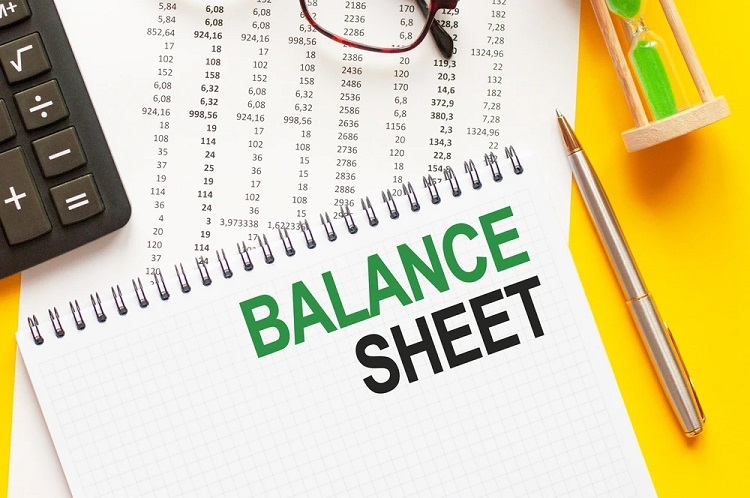A small business needs to maintain its accounts effectively as it already suffers from new challenges. If its accounts are messy, then it will be chaotic at the end of the year. A balance sheet helps in keeping track of the company’s finances, liabilities, assets, and other details about equity.
If you want to know how to create a balance sheet, then you are at the right place. In this article, we will discuss how to create a balance sheet in Mouth Laurel. You can consult more about the balance sheets with CPA in Mount Laurel, NJ, who can help you more effectively. Meanwhile, in this article, let’s discuss how to create a balance sheet.
Table of Contents
How to Create a Balance Sheet for a Small Business?
Understanding the steps to create a balance sheet will help small businesses effectively; therefore, let’s examine some of the significant steps.
Specify the Reporting Period
A balance sheet mainly indicates the amount entering and leaving the firm on the reporting day. The reporting date is mainly the last date of the reporting period, and therefore, it must be taken care of by an experienced accountant. Some firms consider quarterly balance sheets, and if this is the case, then the last day of the three months will be regarded as a reporting period.
Identify the Assets
There must be proper classification of the assets in the business because it will help you in analyzing how many profitable things you have in your industry. When you separate the assets into different categories, it will help you understand the source of the assets and how they are helping your company. There are two types of classification: current assets and noncurrent assets. In current assets, there will be cash and cash equivalents, which will help you in gaining income. On the other hand, there are noncurrent accounts that will help in gaining the source of income, such as land, plant, equipment, and other such assets.
Determine Liabilities
It is the amount that is liable to the company in which the business owners identify how much amount they need to pay to the vendors. There are some current liabilities such as accounts payable, income tax payable, interest payable, bills payable, and other such liabilities. In noncurrent liabilities, there will be bonds, long-term promissory notes, mortgage payable, capital leases, and other such details. Once you are clear on the liabilities and assets, you can make your balance sheets effective.
Determine Shareholder’s Equity
When capital is raised to fund the business by selling its shares, then it is considered shareholder equity. Calculating such equity in a small firm is very important, and it also seems to be a bit easy if it is a small company. In this shareholder’s equity, then the CPA will categorize the equities into common stock, treasury stocks, preferred stocks, and retained earnings. It will help businesses keep records of their equities, which is essential in balance sheets.
Once these data are included in the balance sheet, then you have to ensure that the sheet is balanced. In this data, there should be a comparison of total assets, total liabilities, and equity. After the comparison, if the data is adequately matched, then it means that you have no problem with your accounts. However, if you have a problem matching the data, then there is an error, and you have to ensure that there is a reanalysis of the data through an expert to check for any discrepancies.
You can consult an expert accountant to prepare your balance sheet and ensure that the data in your accounts is accurate.

